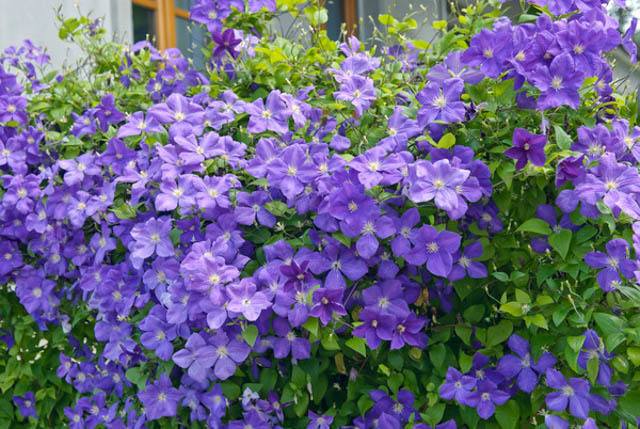The Berry Prairie is alive with color! Spring has sprung, hooray hooray! The redesigned roof looks great after it's second winter, with loads of plants popping leaves, sprouts, flower buds and flowers, and we're excited to see what the summer brings. Plants seem to be hustling to flower, ready to present their flowers, pollen and nectar to the world and reproduce. And there are lots of pollinators about, willing to oblige them!
Here's a photo list of the species currently in bloom.
First and foremost, this display of what is normally a diminutive flower is dazzling. Fewseed Draba, always one of the first to bloom in the spring, is putting on quite the show. Bees and flies were buzzing all over these clumps.
This pasqueflower (
Pulsatilla patens) is the only one on the roof currently in bloom. These gems are one of the hardiest and pollinator-friendly flowers of early spring.
Prairie smoke, oh how I love prairie smoke (
Geum triflorum). First the pink nodding flowers with a small entry way for burly bumble bees to work their way into. Then the gray, fuzzy, feather seedheads of summer. Check out this mini-meadow of prairie smoke - and those are just a few on the roof!
Devil's Gate Twinpod is another staple on the Berry Prairie - it's a reliable early spring bloomer with understated white flowers.
Sky Pilots (
Polemonium viscosum) stand out in a crowd, check out this wonderful, rich purple color and fun textured leaves!
Last but not least is the Hooker's Easter Daisy (
Townsendia hookeri) - a little late to the party, but welcomed nonetheless.
Written by Brenna Marsicek, UW Biodiversity Institute















